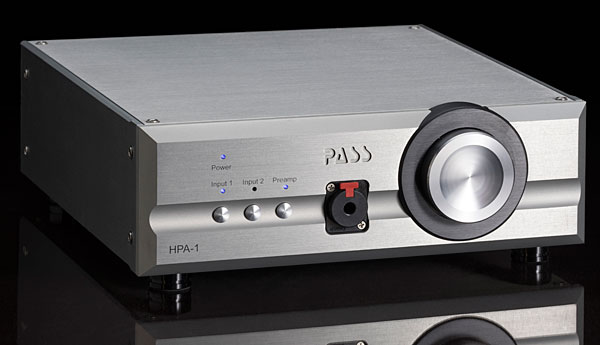DrowningNotWaving
New Member
- Joined
- Feb 13, 2022
- Messages
- 4
- Likes
- 6
Hi,The only 'poor' performance is lack of gain (needs a source > 3.5V out in RCA) and the (intentional) amount of 2nd (and lower 3rd) harmonics, at least up to 2V out.
We can only guess the harmonic spread above 2V but that might not look great in low impedances.
The hum ... I can't say anything about that.
200mW in 300ohm and 3.5W in 20ohm (>0.1% distortion) could easily be reached in 2000 already.
Most people listen to music with just a few mW average and maybe 10-30mW peaks. (a bit more with insensitive low impedance headphones)
My comment is less about the prodcut under discussion, and more about your observation that a headphone amplifier "requires" 3.5V of output to drive a notional HD650 references in an earlier comment.
Frankly, you must listen at very, very high SPL's: the HD650 (a nominal 300ohm headphone, that might be expected to have an actual impedance of about 350 ohms) requires 0.001W (i.e. 1mW) for an SPL of 100dB. The SPL for 1V RMS signal is 105dB. In my world, that is LOUD.
From an industrial safety perspective, if a person is exposed to 85dB for 8 hours, hearing loss will occur. 85dB is also quite loud from an "average SPL" standpoint. My personal "average SPL" listening level is around 75dB. Maybe I'm a wuss, but I can still hear 14kHz and I'm over 55, which is not a bad result for my age.
So, lets say that one wants 30dB head room over a notional threshold of hearing loss SPL of 85dB, this equates for 115dB SPL on peaks. Which equates to 32mW of input power and matches up (3.35V) with your 3.5V requirement V=sqrt (0.032X350).
Another way to look at it is that 2V into the HD650 equates for 108dB (i.e. double the 1V for 105dB spec).
While some folks might siggest that these SPLs are "reasonable real world requirements", one will lose hearing very quickly.....
my 2 cents, ymmv, dyor




